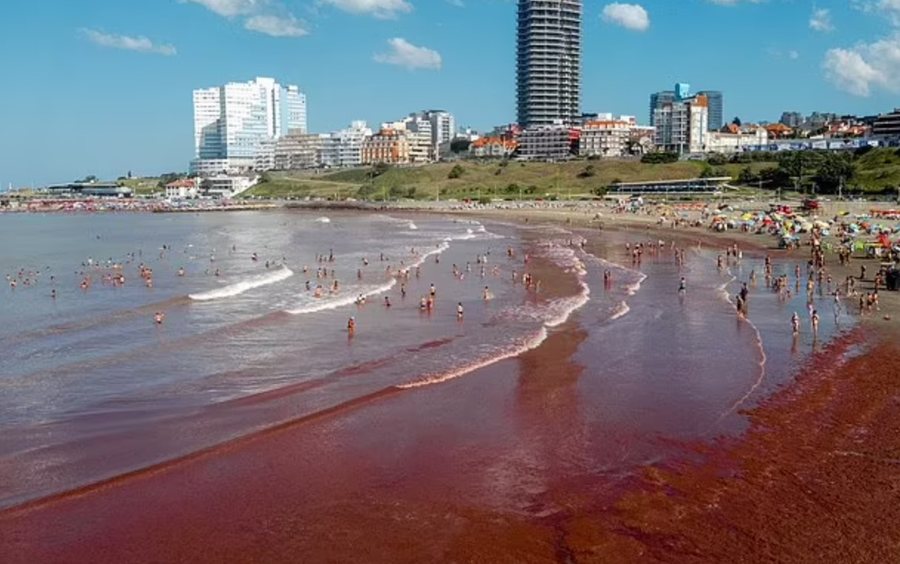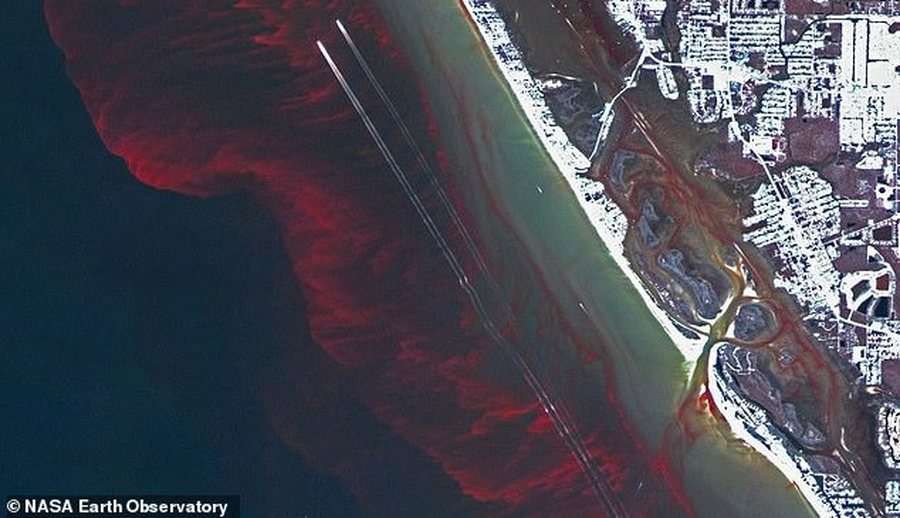
A new study has shed light on the cause of red tides that have plagued the Florida coast for years, causing environmental damage and huge costs for local authorities.
For the first time, scientists have identified dozens of viruses linked to these phenomena and have discovered that they are caused by massive algae growth. The red color of the water results from a combination of ocean currents, nutrients and high temperatures, which stimulate the proliferation of algae.
Red tides are a major concern for Florida, causing health problems for fish, birds and people. As a result, many beaches have been forced to close in recent years, writes A2 CNN.
Jean Lim, a researcher at the College of Marine Sciences at the University of South Florida, called the discovery a major breakthrough that could help scientists predict when these phenomena will occur.
“We know that viruses play a key role in the dynamics of harmful algal blooms, but we had no information on the viruses associated with Karenia brevis,” she told The Independent. “Now that we have identified some viruses in red tides, we can study their impact on these phenomena.”

Florida experiences red tides almost every year, mostly in late summer and early fall. According to the Florida Fish and Wildlife Commission, these phenomena last from three to five months and can cover hundreds of square miles.
The study, published in the journal mSphere, used the viral metagenomics technique to analyze DNA from samples collected from past tidal surges. Scientists hope the discovery will help predict and control this phenomenon in the future. (A2 Televizion)











